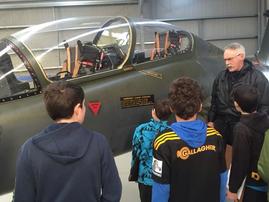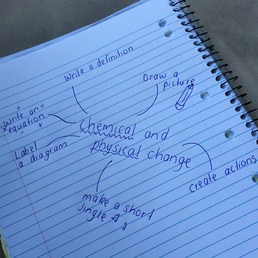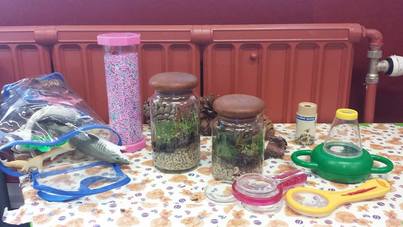Examples of Multiple intelligence use in and out of the classroom

Educators can simply incorporate
the use of ‘multiple intelligence’ seamlessly into their classroom programme. A
local Southland school encourages the use of intelligence as an entry point to
their year six literacy programme.
The teacher chooses a series of interesting topics that covers a broad range of the curriculum and allows the students to choose what group they want to be in, based on their interest and their intelligence. For example, thus far there have been topics such as ‘For the Love of Dance', 'Bon Voyage', 'Crafts', 'Forces and Motion', 'Motor Heads', 'Green Fingers', 'Horsing Around', 'My Town and Around', 'Shutterbugs', and many more.
These students work on a topic for the term. Their writing comes from the texts they have read therefore engaging some often very reluctant writers. At the conclusion of the term the students go on a trip that is themed around their literacy topic. This in the past has included, a fishing trip, a photography session, a dance lesson, trips to museums (seen above), and so on.
The classroom teacher has cleverly given the students an entry point into the learning to help them engage meaningfully into reading and writing. Students come to understand that their intelligence is not confined to the classroom walls, but in fact important, and relevant within multiple areas in the community.
The teacher chooses a series of interesting topics that covers a broad range of the curriculum and allows the students to choose what group they want to be in, based on their interest and their intelligence. For example, thus far there have been topics such as ‘For the Love of Dance', 'Bon Voyage', 'Crafts', 'Forces and Motion', 'Motor Heads', 'Green Fingers', 'Horsing Around', 'My Town and Around', 'Shutterbugs', and many more.
These students work on a topic for the term. Their writing comes from the texts they have read therefore engaging some often very reluctant writers. At the conclusion of the term the students go on a trip that is themed around their literacy topic. This in the past has included, a fishing trip, a photography session, a dance lesson, trips to museums (seen above), and so on.
The classroom teacher has cleverly given the students an entry point into the learning to help them engage meaningfully into reading and writing. Students come to understand that their intelligence is not confined to the classroom walls, but in fact important, and relevant within multiple areas in the community.

Allowing students to show their understanding through their
intelligence is important for learning. During a science lesson about physical
and chemical change, the students were to create something of their choice to help them
understand what these changes are, and how they differ from each other. The could choose a way of doing this that suits their personal type(s) of intelligence.

Here is an example of a nature discovery table. Children can come here to look closely, handle and explore things found in nature. Children can bring things they find at home or in the playground that interest them.
Terrariums are miniature indoor gardens or ecosystems that grow and evolve all year round and require very little maintenance.
Terrariums are miniature indoor gardens or ecosystems that grow and evolve all year round and require very little maintenance.
